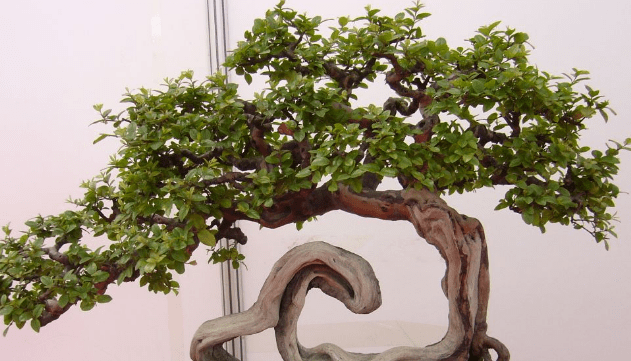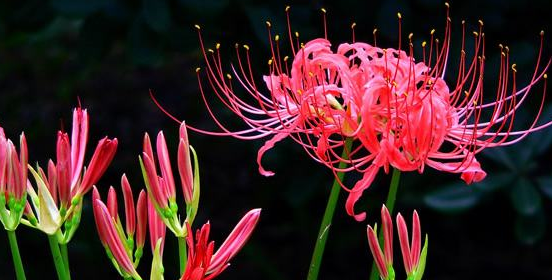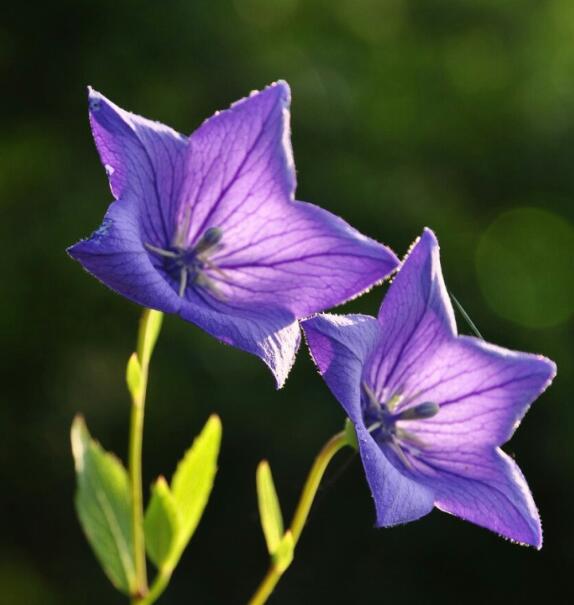How to cultivate sparrow plum bonsai
When bonsai is made of bonsai, the roots are strange and its trees are full of vitality and simplicity. This kind of flowers and trees are very suitable for making bonsai. The following is the editor to introduce the method of bonsai planting, I hope to be helpful to you.

Cultivation method of Phyllanthus angustifolia bonsai
Watering bonsai
Bonsai is suitable for growing in a humid environment. The soil must be kept moist during the growing season, but there is no stagnant water and it is perishable. In the hot summer, you should drink more water and spray some water on the leaves and trees to lower the temperature, increase the amount of water and reduce watering in winter.
Lighting of bonsai
Bonsai is not resistant to light and should be kept in a well-ventilated and humid environment. Proper shading in summer to avoid exposure to the sun.
Bonsai temperature
Bonsai is afraid of the cold. In northern China, it should be placed indoors after the end of autumn to ensure that the indoor temperature is higher than 8 °C. In southern China, winter can be placed in a windy and sunny winter.
Bonsai fertilization
In the growing season of bonsai, pancake liquid and fecal solution should be used every half a month. Fertilization management is not needed in summer and winter.
The turning point of bonsai
Bonsai should be turned once within 2-3 years, and the tumbling time should be 2-3 months. In order to replace some old soil, some base fertilizer can be added at the same time, and the corresponding rooting treatment can also be carried out.
Prevention and control of diseases and insect pests of bonsai
Bonsai trees are easily damaged by leaf curlers, beetles, scales, aphids and so on. It can be prevented by spraying emulsified phosphorus emulsion and oxidizing the emulsifiable concentrate of espresso. The most direct method is to wash manually and smear it with stone sulfur.
Common pests of plums
Common pests such as rust, beetle insects, red spiders and so on.
Rust of plums
The defective pathogen is a fungus. It is caused by rust. It produces spores, making the leaves yellow, or the lesions in front of the leaves begin to turn orange. The lesion gradually became fat, thickened and the back of the leaf enlarged. That affects the appearance
Over time, the lesions will expand, they will expand into a circle, blackening, and later lead to the death and shedding of the leaves.
Beetle pests of Prunus persicae
When the beetle is infected by the beetle, the female of the beetle bites the bark and places the egg on the branch. The newly hatched larvae will feed under the bark and grow into trunks and roots. Then gradually make the plum blossom empty and die.
Red spider pest of Prunus Persia
Red spider disease is a reddish-brown oval. The red spider will spread a web on the leaves of the plant to lay eggs and pierce the leaves and leaves to absorb the sap of the leaves, causing the chlorophyll of the leaves to be destroyed and the color of the leaves gradually turning yellow. The leaves also show grayish-yellow spots until the leaves die.
Control of common pests in peach forest
Bimei anti-rust.
The rust spots of plum blossoms can be treated by pruning: the branches and branches of cut-off plum trees are completely cut off before the spring rain.
In addition, 350 times thiobenzene or pentachlorophenol solution and 1.01 kg of thiobenzene or pentachlorophenol solution can be sprayed before spring rain to reduce disease.
Beetles that prevent and control the nectar of beetles
The larvae can be directly stabbed by inserting wormholes with medium silk threads.
Pest control of red spider in peach and plum
You can directly spray dichlorvos or dimethoate 1000 to 1500 times.
Time: 2019-05-07 Click:
- Prev

It is not suitable for long-term breeding or placing indoor flowers.
Some flowers have to be said to be beautiful, but some are really not suitable for long-term breeding indoors, or it is the same to put them indoors, and some flowers will have some adverse effects on human health. The following editors introduce flowers that should not be cultivated or kept indoors for a long time. I hope everyone likes it.
- Next

Platycodon grandiflorum, how to raise Platycodon grandiflorum
Many people who don't know about Platycodon grandiflorum will confuse it with Platycodon grandiflorum. In fact, there is a big difference between them. Platycodon grandiflorum calyx bell-shaped five-lobed, flowers are alone terminal, Corolla is bell-shaped broad funnel-shaped. Its florescence is from July to September, and its colors are purple or blue, sparse pink and white.
Related
- Fuxing push coffee new agricultural production and marketing class: lack of small-scale processing plants
- Jujube rice field leisure farm deep ploughing Yilan for five years to create a space for organic food and play
- Nongyu Farm-A trial of organic papaya for brave women with advanced technology
- Four points for attention in the prevention and control of diseases and insect pests of edible fungi
- How to add nutrient solution to Edible Fungi
- Is there any good way to control edible fungus mites?
- Open Inoculation Technology of Edible Fungi
- Is there any clever way to use fertilizer for edible fungus in winter?
- What agents are used to kill the pathogens of edible fungi in the mushroom shed?
- Rapid drying of Edible Fungi

